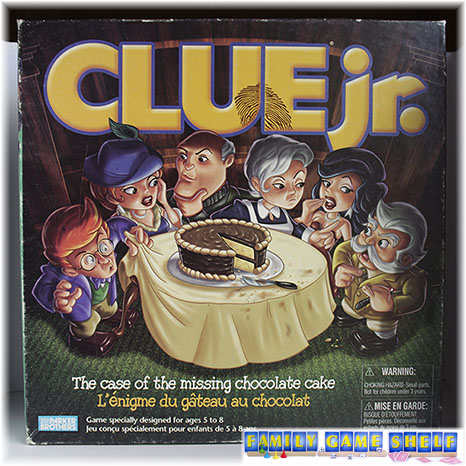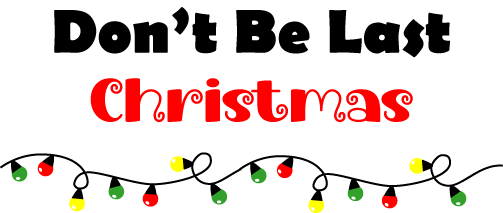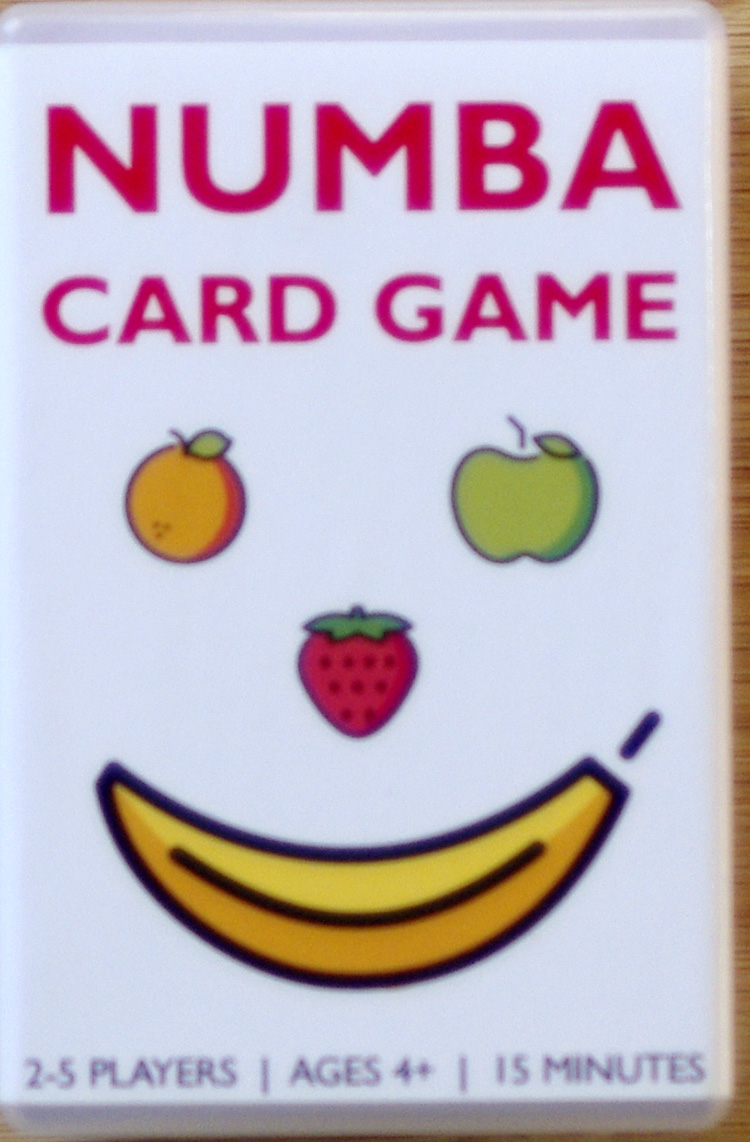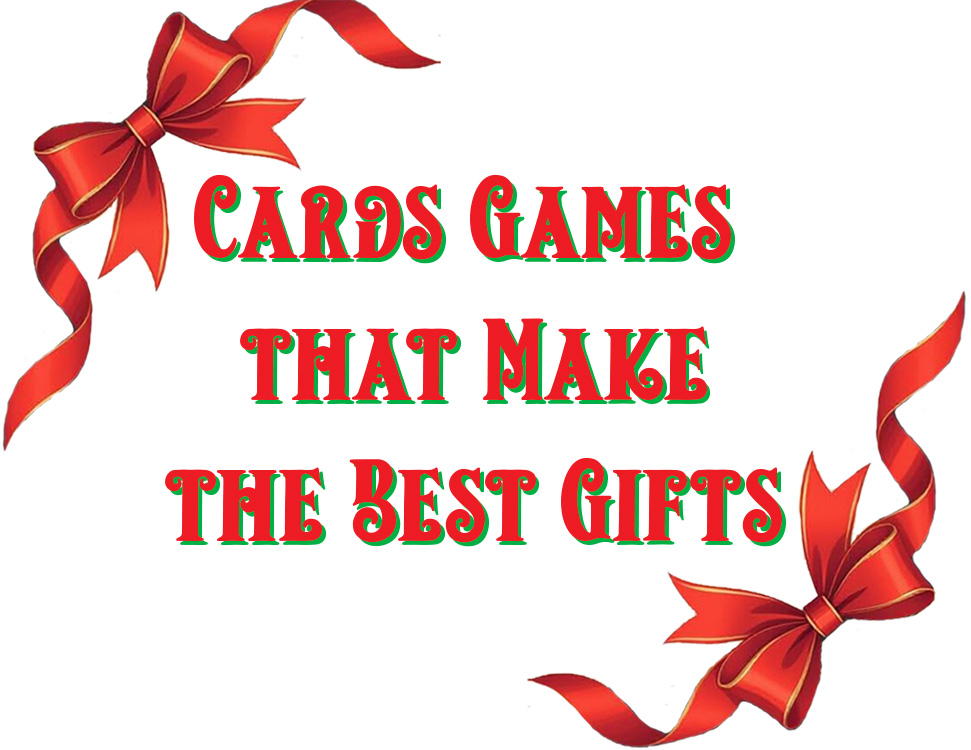The classic family board game Clue has been a staple of many people’s family game nights and for good reason. Just about everybody loves a good who dunnit.
But when you have younger children, it can be hard to talk about murdering someone and the graphic way to do so. “How does a candlestick kill someone?” (Parents cringe here.)
I have an early mystery lover in my house–Busytown Mysteries was a big hit! So, when I saw Clue Jr on a shelf in a store, I knew I had to get it.
This post may contain affiliate links. I receive a small commission at no cost to you when you make a purchase using my link.
Setting up Clue Jr
To start, there is no violence, only a sneak who eats a piece of chocolate cake BEFORE supper! Players are racing to figure out who ate it, with what drink and at what time the cake was eaten.
Like in traditional Clue, you collect clues from people and places and mark your findings on a secret sheet. But there are several differences.
First, there are no cards to keep secret or track of. The clues are under the game pieces. To set up the game, you separate the plastic bases by colour. One white base has the crumb picture under it. This is the clue that will say who ate the cake. You set it aside and someone randomly choose a base that will be the answer to the time question. I like to set this base back in the box for safe keeping. You then return the crumb piece to the other white bases and you the mix them up. Next, you add in the characters and place them on the board.

The yellow bases are similar. They have the drink clue under them. There are two blank ones. These two are set aside. Someone randomly choose one to set in the box: the drink answer. The blank ones are returned to the pile and are mixed in. Then the furniture pieces are added to the bases and placed on the board.
Playing Clue Jr
The rules state that the last person who ate a piece of cake goes first–a fun and different way of deciding.
Unlike traditional Clue, every player can move any suspect piece. This was the hardest rule to get use to, as we were use to picking a character to “be”.
On a your turn, you roll a dice. If the yellow square is rolled, you can look under any furniture piece you want. When you roll a white square, you can look under any character piece you want. If a number is rolled, you can move any character piece along the path on the board. You do not have to move the whole number of spaces (if you roll a three you can choose to move only one or two spaces). You can’t land on the spot you started, nor can you share a spot with someone else.

If you land on a yellow space, you can look under that room’s furniture. Similarly, if you land on a white space, you look under that character’s base.
All clues that you learn are kept track of on a marking sheet. The sheet also helps you keep track of which characters and item you have looked under.
Winning Clue Jr
When you think you know the answer, you can make an accusation at the end of your turn. For example, you would say “It was Professor Plum at 2:00 with the lemonade.” You then get to look under the character of the accused and the pieces in the box. If you are correct, you win the game. If you are not correct, you are out of the game and the other’s continue.
What We Like
This game is a great alternative to the traditional Clue. First, there is less strategy which is better for younger kids. There is an element of chance, with getting to look under bases just for rolling. Second, there is also, a little frustration. If you want to look under, say Mrs. White, and you move her towards the white space but don’t quite make it, the next player can swoop in and move her and therefore get the clue first. And because you can’t start and end on the same space, on your next turn you would have to move Mrs White off the white space, wait for your next turn and hope no one else moves her, and then move her to the white space to get the clue.
One of the best things about this game, is that kids can play by themselves. The suggested age is 5 to 8. I think is a good age range, although older kids and adults can play this game as well without feeling like it’s a game just for little kids. There is little to no reading–great for the younger kids.
What We Don’t Like
The one issue I have is that on the tracking sheet you have to look closely to differentiate between some of the drinks.
Should you Make Room for Clue Jr on your Family Game Shelf?
Overall, Clue Jr is a great addition to a young family’s game shelf. I think if you have kids of any age, Clue Jr is a must play. Not only does it make kids feel more “grown up” it has fosters reasoning skills, problem solving and so much more. And let’s not forget that it is a ton of fun!
To get your copy of Clue Jr shop here, Canadians can get theirs here.
For more fun games for school game kids, check out our reviews of Soggy Doggy, Spot It and Beat the Parents. Be sure to visit our Family Game Shelf shop for tons of fun including our Whacky Putt mini golf dice game–the game that kids can’t get enough of!
And if you’re a big Clue fan like we are check out Clue the Movie, Clue Suspect card game, and the Clue escape room.
Rating:

Julia:

Carrie-Anne:

Joel:

pros: kids can play on their own, sturdy pieces
cons: need to look closely on tracking sheet
mom: strategy–how to move the person to the right spots
Age: 5-8
Time: 15 min.





